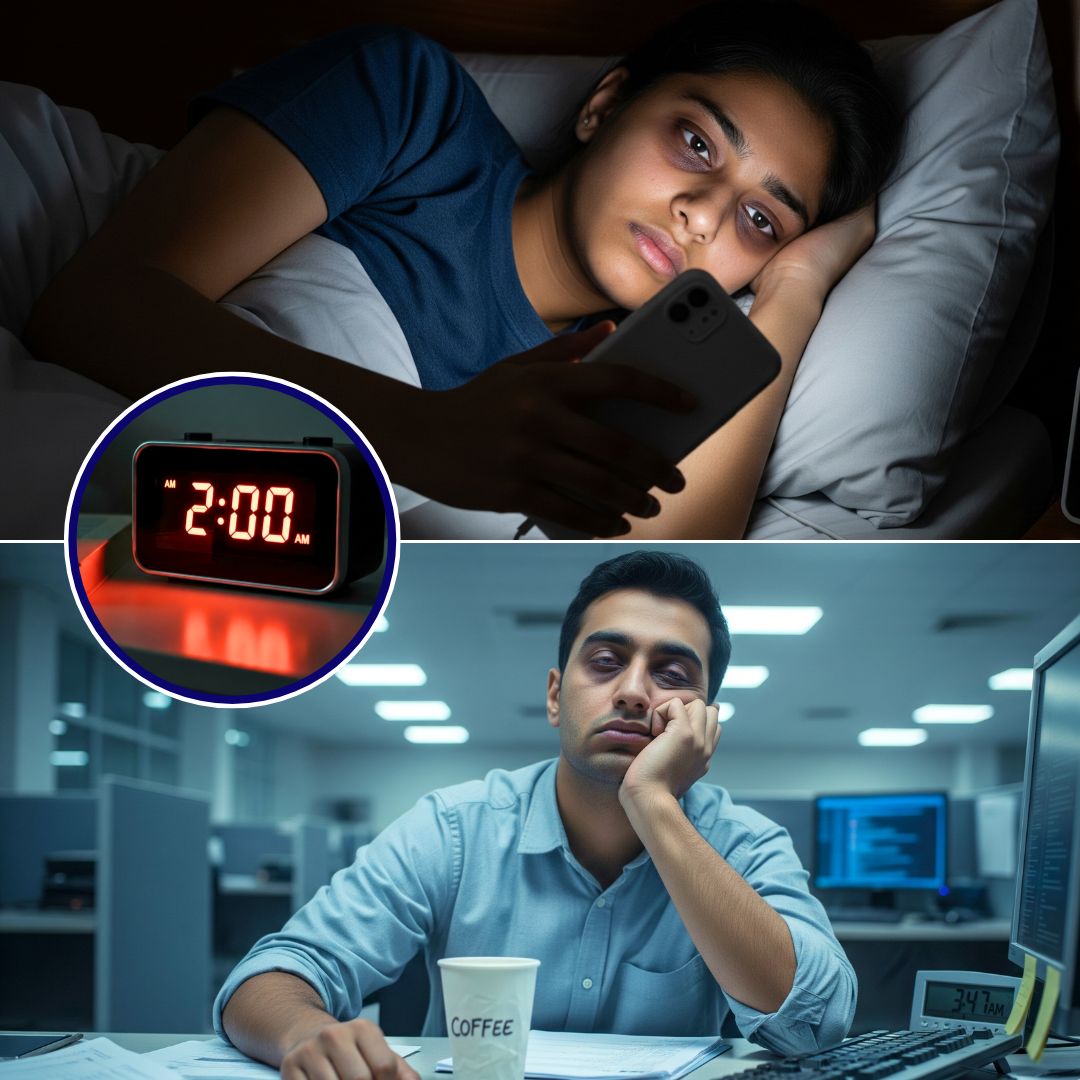Many young people today face serious challenges with sleep, including delayed sleep phase syndrome (DSPS) in teenagers and shift work disorder in young adults. DSPS is a disorder where the internal body clock shifts so that teens fall asleep much later than usual and struggle to wake early for school or work.
Similarly, shift work disorder affects young adults whose work hours disrupt their sleep patterns. Both conditions lead to insufficient sleep, daytime fatigue, difficulty concentrating, and mood disturbances, impacting mental and physical health. Experts highlight these disorders as rising public health concerns due to changing lifestyles and biological rhythms.
Symptoms and Risks of Delayed Sleep Phase Syndrome (DSPS) in Teens
Delayed Sleep Phase Syndrome is a circadian rhythm sleep disorder where teens’ internal body clocks push their sleep time much later than typical, often 2 to 6 hours later. According to a study published in Nature and research from PubMed Central, this shift is partly due to biological changes in puberty that delay melatonin release, the hormone signaling the body to sleep.
Common symptoms of DSPS include:
- Difficulty falling asleep before midnight or even later
- Trouble waking up for school or other daytime commitments
- Excessive daytime sleepiness and fatigue
- Problems with concentration, memory, and mood swings
- Poor academic performance and social withdrawal
Importantly, the Nature journal notes that adolescents with Delayed Sleep Phase Syndrome show circadian misalignment leading to short sleep duration on school nights and “rebound” catch-up sleep on weekends. This irregular pattern can impair daytime functioning significantly. If untreated, DSPS may increase risks of depression, anxiety, and substance use, as detailed in a clinical review from the American Academy of Sleep Medicine.
Shift Work Disorder: Challenges for Young Adults
Young adults working night shifts or rotating shifts face shift work disorder, another circadian rhythm disorder. This occurs because their work hours force sleep at unnatural times, conflicting with the brain’s internal clock.
Symptoms include:
- Insomnia when trying to sleep during the day
- Excessive sleepiness while awake during night shifts
- Difficulty concentrating and reduced alertness
- Increased risk for accidents and mood disorders
The Cleveland Clinic highlights that shift work disorder can also elevate risk for chronic health issues like cardiovascular diseases, obesity, and diabetes due to ongoing sleep deprivation.
Preventive Measures and Management Strategies
Both Delayed Sleep Phase Syndrome and shift work disorder require targeted interventions to restore healthier sleep patterns:
- Light therapy: Exposure to bright morning light helps reset the circadian clock, especially in DSPS cases, by advancing melatonin release.
- Consistent sleep schedules: Going to bed and waking at the same time daily reinforces the body’s rhythm.
- Limiting evening screen time: Blue light from devices suppresses melatonin, worsening DSPS.
- Sleep hygiene: Creating a dark, cool, and quiet sleep environment improves sleep quality.
- Scheduled naps and caffeine use: Can help shift workers manage alertness during odd hours.
- Medical treatments: In some cases, melatonin supplements or cognitive behavioural therapy can aid sleep adjustment.
Health experts from Nature and clinical reviews caution that early diagnosis and behavioural interventions can significantly improve life quality for affected youths and adults. Parents, schools, and employers should be aware of these disorders to support appropriate accommodations.
Understanding these disorders can help parents, educators, healthcare providers, and young people themselves take steps to manage sleep health more effectively.
The Logical Indian’s Perspective
This growing sleep disorder among young teens calls for compassionate awareness and collective responsibility to foster healthier habits and environments for youth. Prioritising empathy towards teenagers struggling with DSPS while advocating for supportive school policies aligned with teen biology can pave the way for improved mental health and productivity. Promoting open conversations about sleep health encourages community engagement and diminishes stigma.
Disclaimer: This article is for informational purposes only and does not substitute professional medical advice. If you or someone you know is experiencing persistent sleep problems, please consult a qualified healthcare professional for diagnosis and treatment.












